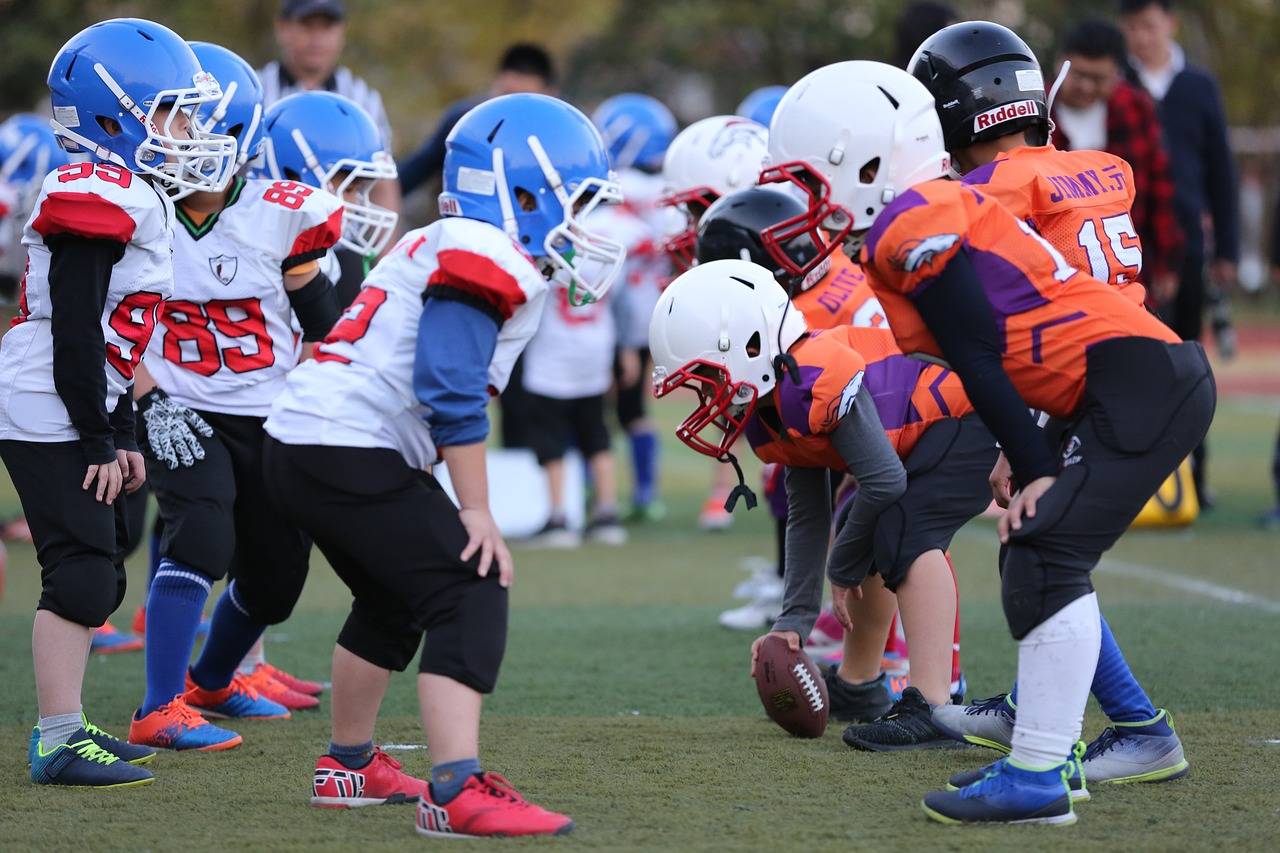Promoting Multicultural Understanding Through Virtual Reality Immersive Experiences
Virtual reality (VR) has emerged as a powerful tool for enhancing cultural understanding by offering immersive experiences that allow individuals to step into the shoes of someone from a different background. Through VR technology, users can explore various cultures firsthand, breaking down barriers and fostering empathy and appreciation for diversity. By virtually transporting users to different parts of the world and exposing them to unfamiliar customs and traditions, VR helps bridge the gap between cultures and promotes cross-cultural communication.
Furthermore, VR experiences enable individuals to engage with cultural environments in a way that traditional forms of learning cannot replicate. By simulating real-life scenarios and interactions, VR offers a more interactive and impactful way for users to learn about different cultures. This hands-on approach not only enhances cultural awareness but also encourages users to challenge their preconceptions and develop a more nuanced understanding of the world around them.
The Impact of Immersive Experiences on Multicultural Awareness
Virtual reality (VR) technology has revolutionized the way individuals experience and interact with diverse cultures. By immersing users in realistic virtual environments, VR enables them to gain a deeper understanding of different cultural perspectives, traditions, and lifestyles. This immersive and interactive approach helps break down cultural barriers and fosters empathy and understanding among people from various backgrounds.
Through VR experiences, users can virtually travel to different parts of the world, attend cultural events, and engage with local communities in ways that were previously limited by physical constraints. This first-hand exposure to diverse cultures not only broadens one’s worldview but also enhances multicultural awareness and appreciation. By being able to explore and interact with different cultures through VR technology, individuals are encouraged to embrace diversity, celebrate cultural differences, and foster a more inclusive society.
Exploring Different Cultures Through Virtual Reality Technology
Virtual reality technology is revolutionizing the way we explore and understand different cultures. By immersing users in realistic virtual environments, it provides a unique opportunity to experience diverse traditions, customs, and lifestyles firsthand. Through virtual reality, individuals can step into the shoes of people from various cultures and gain a deeper appreciation for the intricacies of their way of life.
This immersive experience fosters empathy and understanding, breaking down barriers and prejudices that may exist between different cultural groups. Virtual reality allows users to interact with cultural artifacts, participate in traditional ceremonies, and navigate through historical landmarks with a level of immersion that surpasses traditional forms of learning. It enhances multicultural awareness by offering a glimpse into the daily realities and challenges faced by people from different cultural backgrounds, ultimately promoting tolerance and appreciation for diversity.
How can virtual reality technology help people understand different cultures?
Virtual reality technology allows users to immerse themselves in realistic environments that represent different cultures, providing a firsthand experience that can enhance understanding and empathy.
What are some ways in which virtual reality can impact multicultural awareness?
Virtual reality can expose users to new perspectives, traditions, and customs, helping to break down stereotypes and promote a more inclusive and accepting society.
How can virtual reality technology be utilized to explore different cultures?
Virtual reality experiences can be designed to showcase various aspects of different cultures, such as language, food, music, and traditions, allowing users to engage with and learn about diverse communities.
Is virtual reality technology accessible to everyone for cultural exploration?
While virtual reality technology is becoming more affordable and widespread, access to devices and experiences may still be limited for some individuals. However, efforts are being made to make virtual reality more inclusive and accessible to a wider audience.





